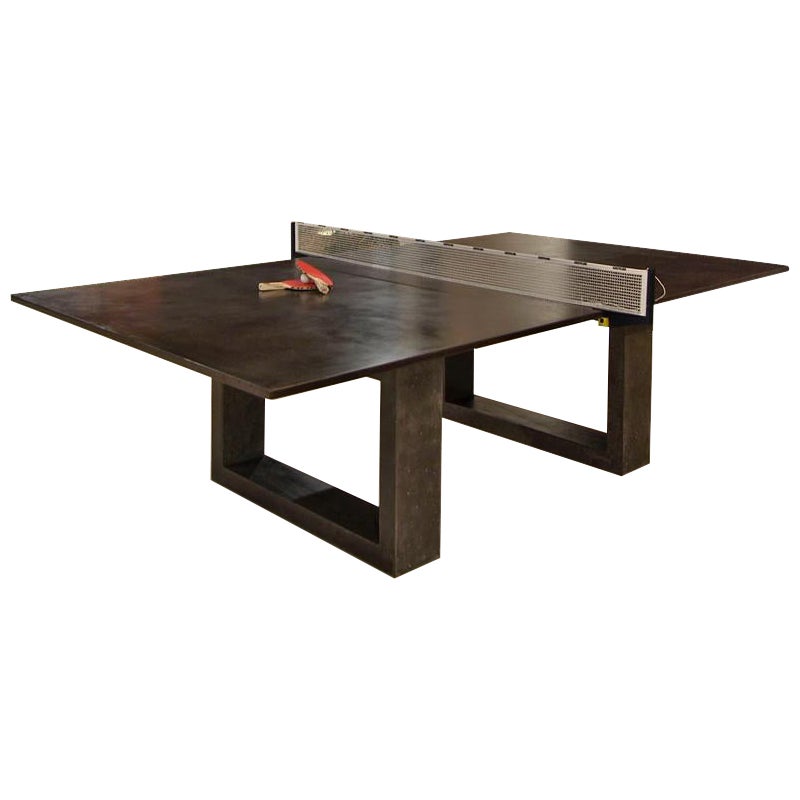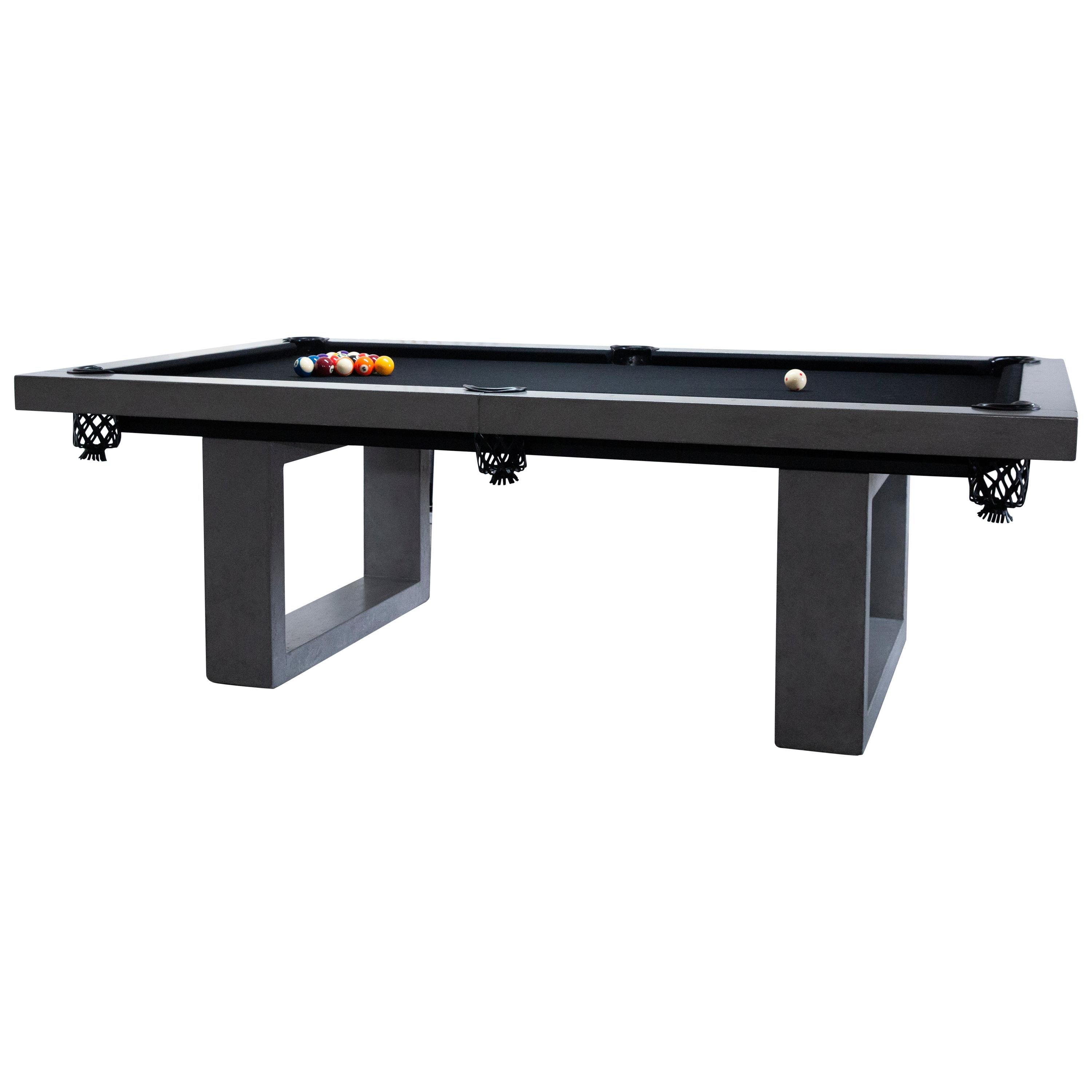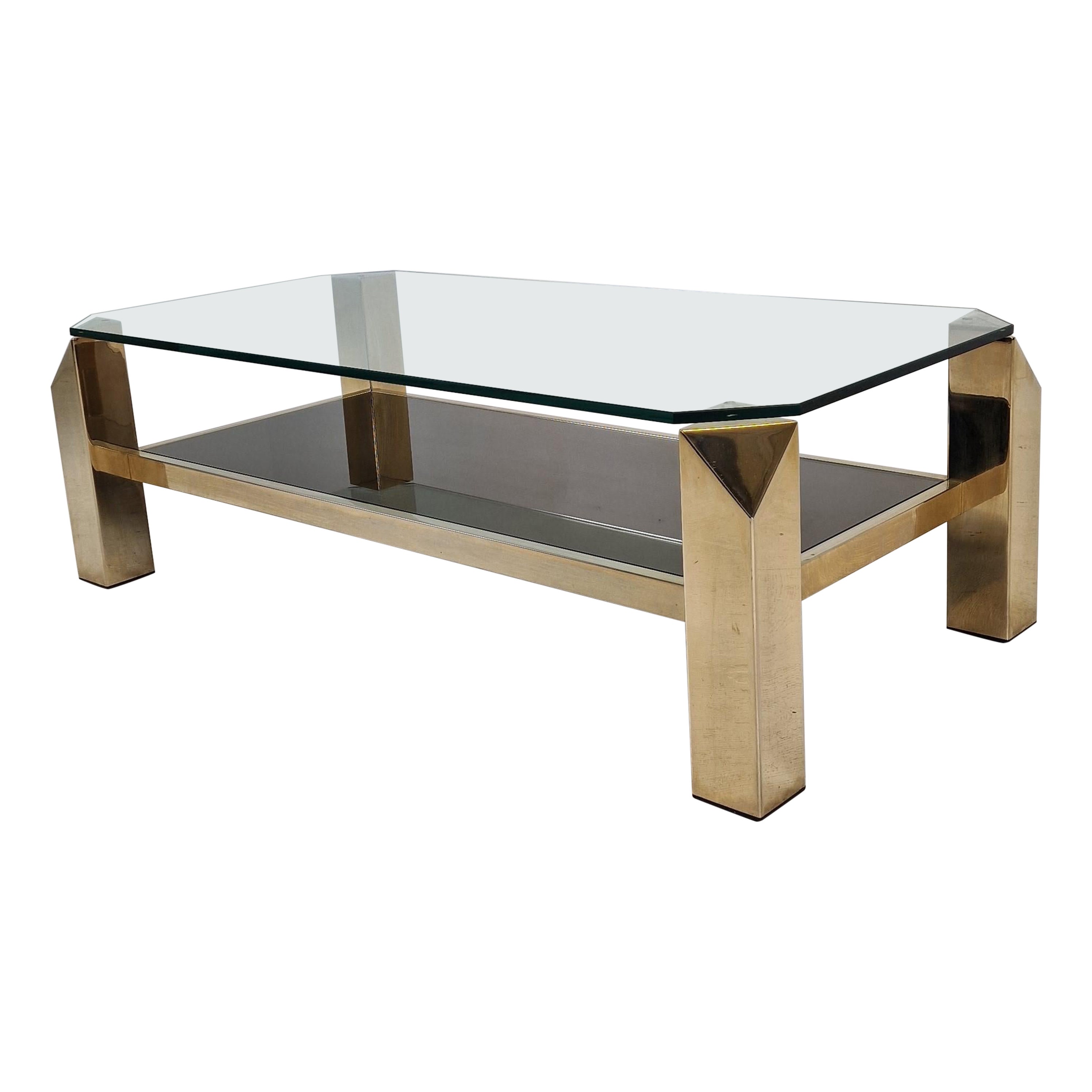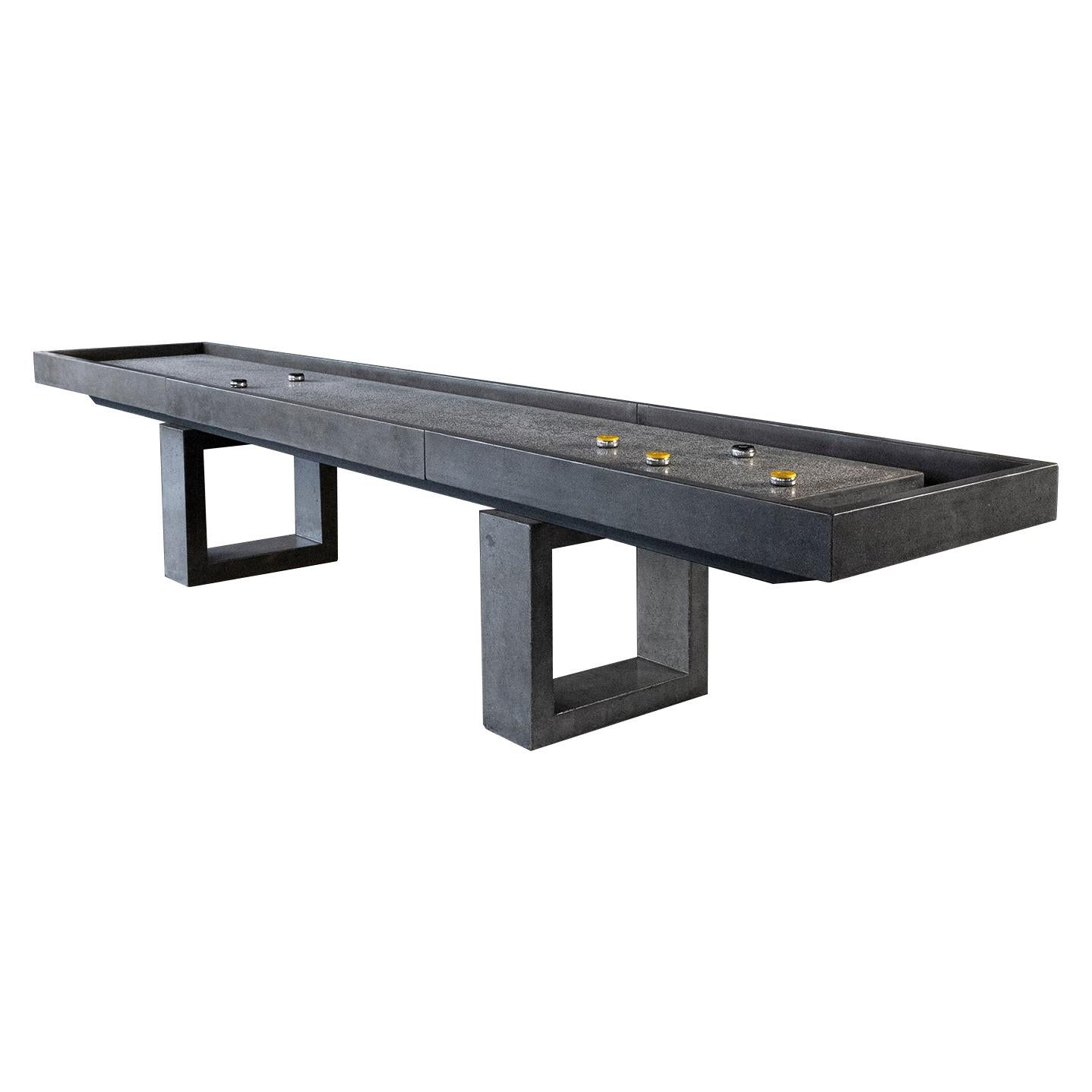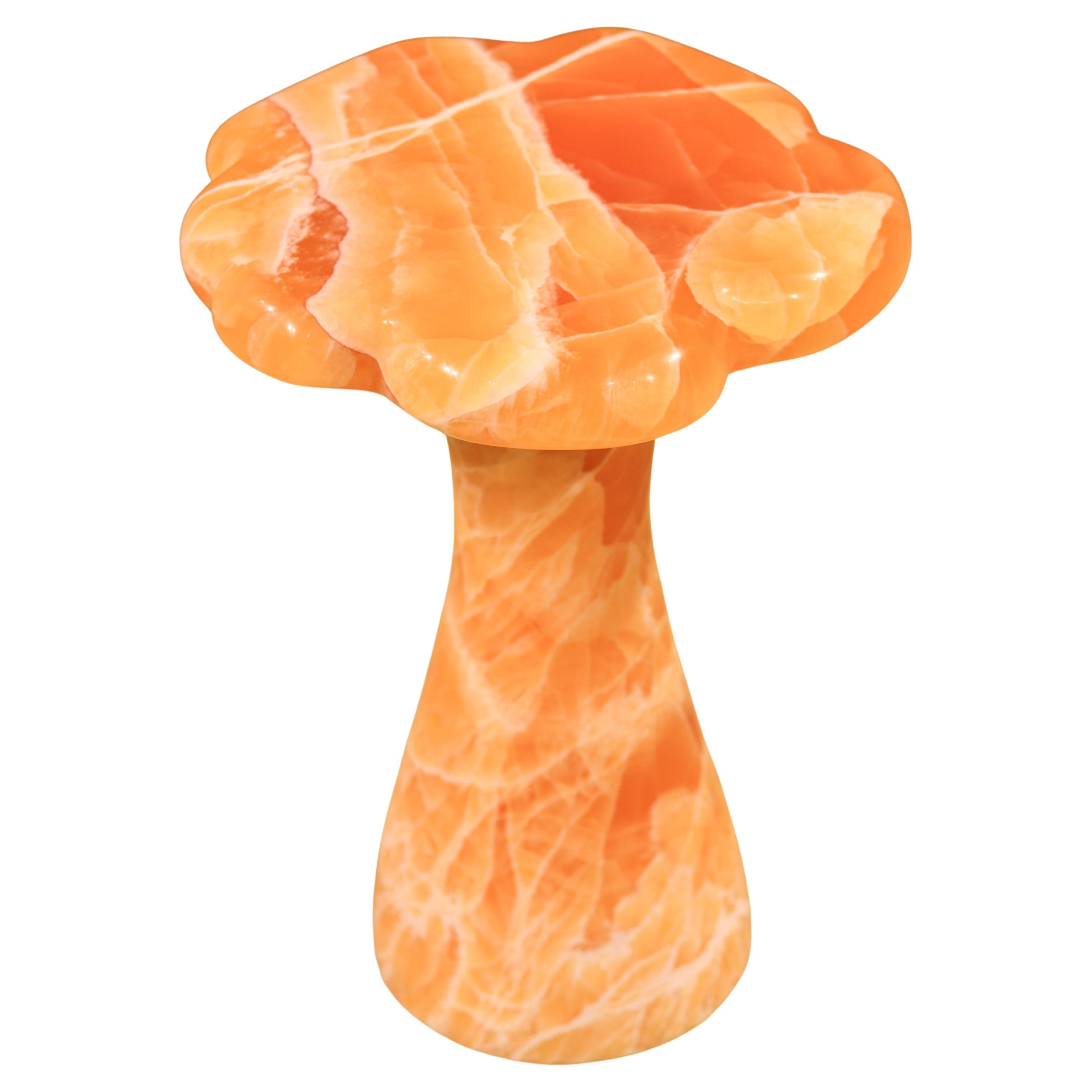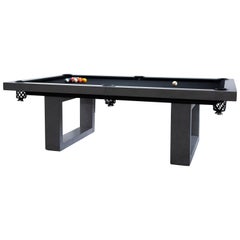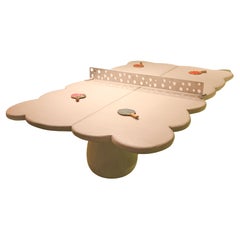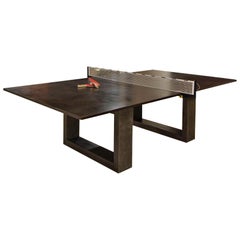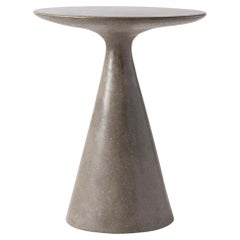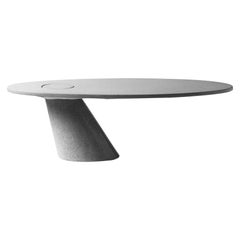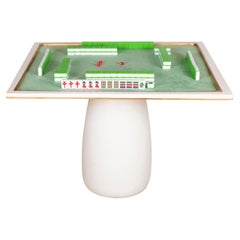James de Wulf Tables
2010s American Brutalist James de Wulf Tables
Concrete
2010s American James de Wulf Tables
Concrete
2010s American Modern James de Wulf Tables
Concrete
2010s American Brutalist James de Wulf Tables
Concrete
2010s American Brutalist James de Wulf Tables
Concrete, Cement
2010s North American Organic Modern James de Wulf Tables
Concrete, Bronze
2010s American Brutalist James de Wulf Tables
Concrete
2010s American Brutalist James de Wulf Tables
Concrete
2010s American James de Wulf Tables
Concrete
2010s American Modern James de Wulf Tables
Concrete, Stainless Steel
2010s North American Organic Modern James de Wulf Tables
Concrete, Bronze
2010s American Brutalist James de Wulf Tables
Concrete, Cement
2010s American Brutalist James de Wulf Tables
Concrete
2010s American James de Wulf Tables
Concrete
2010s American Brutalist James de Wulf Tables
Concrete
2010s American Modern James de Wulf Tables
Concrete, Stainless Steel
2010s American Modern James de Wulf Tables
Concrete
2010s American Organic Modern James de Wulf Tables
Concrete, Bronze, Stainless Steel
2010s American Modern James de Wulf Tables
Concrete, Stainless Steel
2010s American Bauhaus James de Wulf Tables
Concrete, Steel, Stainless Steel
2010s American Brutalist James de Wulf Tables
Concrete
2010s American Brutalist James de Wulf Tables
Concrete
2010s North American Modern James de Wulf Tables
Concrete
2010s American Organic Modern James de Wulf Tables
Concrete, Bronze, Stainless Steel
2010s American Modern James de Wulf Tables
Concrete, Stainless Steel
2010s North American Modern James de Wulf Tables
Concrete
2010s American Brutalist James de Wulf Tables
Concrete, Cement
2010s American Brutalist James de Wulf Tables
Concrete, Cement
2010s American Organic Modern James de Wulf Tables
Concrete, Bronze, Stainless Steel
2010s American Brutalist James de Wulf Tables
Concrete, Stainless Steel
2010s American James de Wulf Tables
Concrete
2010s American Modern James de Wulf Tables
Concrete, Steel
2010s American James de Wulf Tables
Stone
2010s American Brutalist James de Wulf Tables
Concrete
2010s American Brutalist James de Wulf Tables
Concrete
2010s American Brutalist James de Wulf Tables
Concrete
2010s American James de Wulf Tables
Concrete
2010s North American Organic Modern James de Wulf Tables
Concrete, Bronze
2010s American James de Wulf Tables
Concrete, Bronze
2010s American Brutalist James de Wulf Tables
Concrete
2010s American Organic Modern James de Wulf Tables
Concrete, Bronze, Stainless Steel
2010s American Brutalist James de Wulf Tables
Concrete
2010s American Brutalist James de Wulf Tables
Concrete
2010s American James de Wulf Tables
Concrete
2010s American Industrial James de Wulf Tables
Concrete, Steel
2010s American Brutalist James de Wulf Tables
Concrete, Steel
2010s American Bauhaus James de Wulf Tables
Concrete
2010s American Brutalist James de Wulf Tables
Concrete
2010s American Brutalist James de Wulf Tables
Concrete
2010s American Minimalist James de Wulf Tables
Concrete
2010s American Organic Modern James de Wulf Tables
Concrete, Bronze, Stainless Steel
2010s American Organic Modern James de Wulf Tables
Concrete, Bronze, Stainless Steel
2010s American James de Wulf Tables
Concrete, Bronze
2010s American Art Deco James de Wulf Tables
Concrete
2010s American Brutalist James de Wulf Tables
Concrete
2010s American Organic Modern James de Wulf Tables
Concrete, Bronze, Stainless Steel
2010s American James de Wulf Tables
Concrete
2010s American Modern James de Wulf Tables
Concrete
James De Wulf tables for sale on 1stDibs.
Read More
Why Hollywood A-Listers Can’t Get Enough of James De Wulf’s Concrete Furniture
Starting with a 900-pound Ping-Pong table, the Los Angeles designer has built a sturdy furniture-making career out of concrete.
Who Says Ping-Pong Tables Aren’t Sophisticated?
These six versions redefine table tennis for the modern player.
